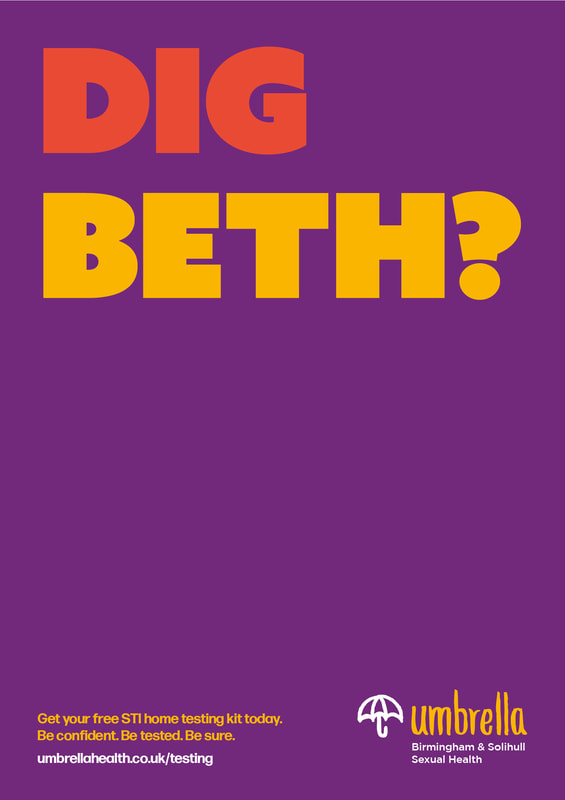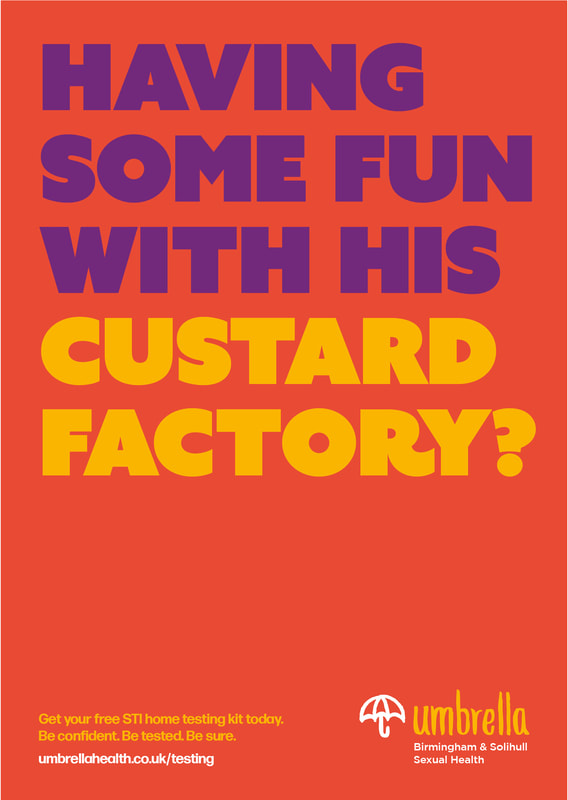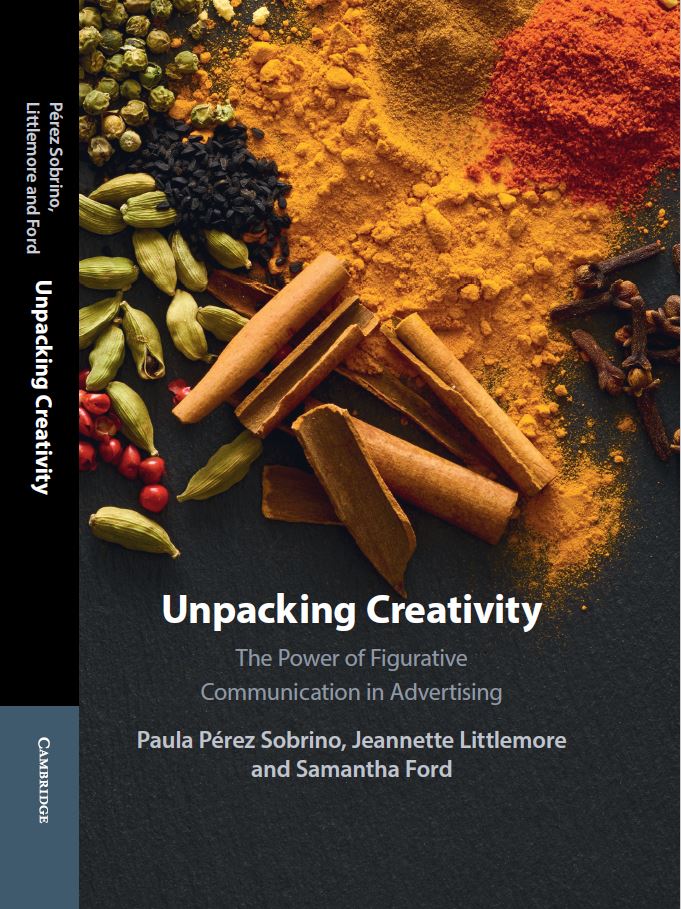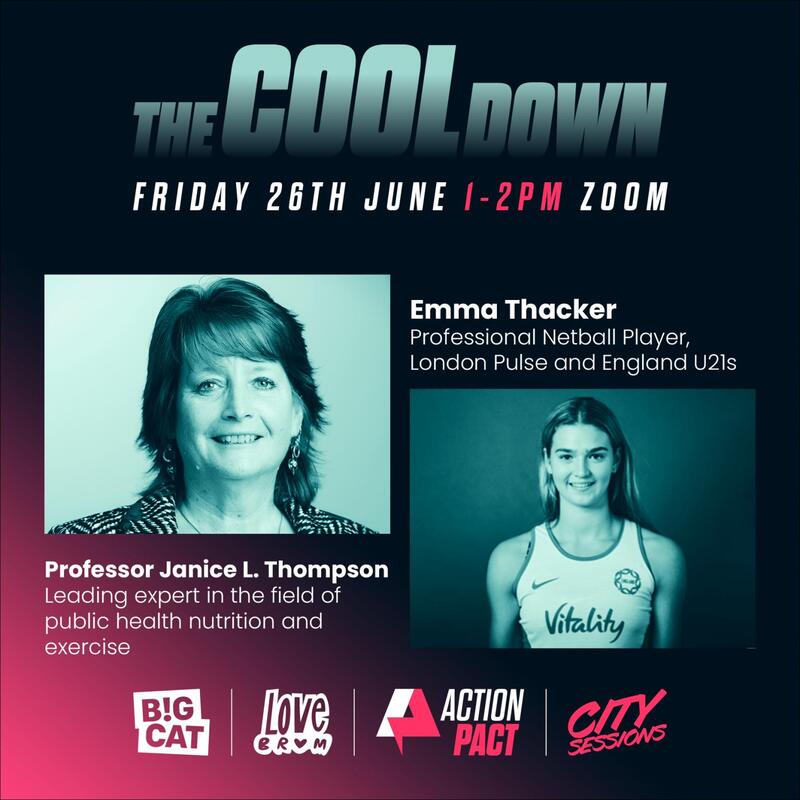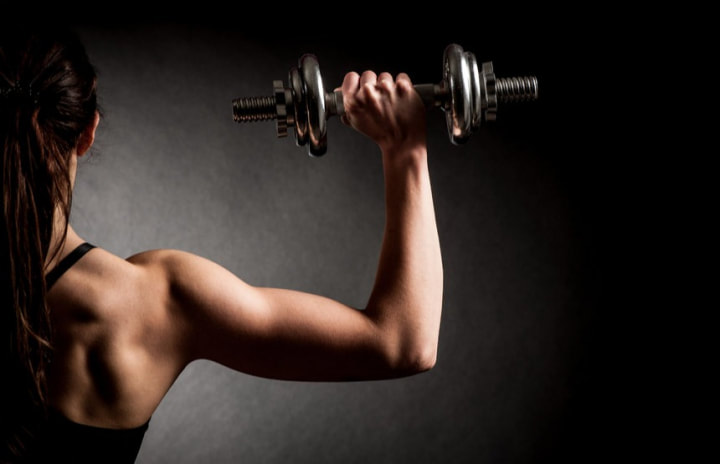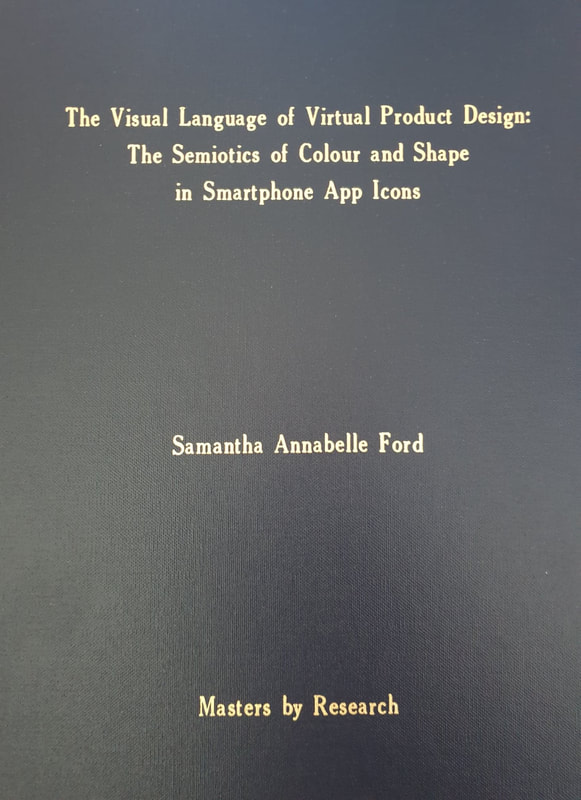What drives emotion and physiological arousal in adverts? The critical role of figurative operations8/3/2022 Citation: Houghton, D., Littlemore, J., Ford, S., Harfield, C. and Marder, B. (in press 2022). What drives emotion and physiological arousal in adverts? The critical role of figurative operations, In A. Athanasiadou and H. Colston, Figurativity and Human Ecology. Figurative Language and Thought Series, Amsterdam: John Benjamins. DOI: 10.1075/ftl.17.08hou. Abstract:
The inclusion of figurative operations in marketing videos has the potential to improve the effectiveness of marketing campaigns due to their reported ability to trigger emotional responses, thus making the campaigns resonate more strongly with the viewer. This study explored the relationship between the presence of three figurative operations (hyperbole, metaphor and metonymy) in campaign videos and the levels of physiological arousal and emotion that were triggered by those videos. Seven videos were coded for these three embedded figurative operations. Participants watched the videos in laboratory conditions, where their levels of electrodermal activity and self-report emotional responses were recorded. The ability of these figurative operations to trigger physiological arousal was compared to that of two other features that have been shown to promote arousal (the presence of humour and unmarked contrast). The presence of hyperbole led to higher levels of arousal than humour and unmarked contrast, the presence of metaphor led to higher levels of arousal than humour, and the presence of metonymy led to higher levels of arousal than humour, but lower levels than unmarked contrast. Associations between these arousal levels and the reported emotions are discussed, and collectively provide insights into the optimal use of figurative operations in marketing campaign videos. Our findings contribute to a deeper theoretical understanding of the relationship between figurative operations and arousal, and provide practitioners with information regarding which figurative operations are likely to evoke a stronger emotional response when used in marketing videos.
0 Comments
Citation: Ford, S. & Littlemore, J. (2022, in print). Exploring the impact of figurative communication and advertising: Reflections on a collaboration between linguistics researchers and a Midlands-based marketing agency. In Communicating Linguistics: Language, Community and Public Engagement. Routledge. Preprint open access via ResearchGate. Abstract:
In this chapter, we talk about our collaboration with Big Cat Agency, a marketing agency based in Birmingham, UK, which we set up to explore the impact and effectiveness of figurative language in advertising. We discuss some of the benefits, opportunities, and challenges we have faced during this collaborative partnership. We include a case study of our work with Big Cat in which we helped them to maximise the effectiveness of figurative double-entendres in a sexual health campaign that they developed for Umbrella Health, a UK National Health Service (NHS) Trust that runs sexual health clinics across Birmingham and Solihull in the UK, and distributes kits which test for sexually transmitted infections (STIs). We use this case study to illustrate some of the outcomes that can be achieved through collaborative partnership with an advertising agency and a healthcare client. The reflections on our experiences may of interest to linguists who are considering working collaboratively with non-linguistic partner organisations or creative practitioners. Here's an article I wrote recently with Paula P Sobrino and Jeannette Littlemore on the power of negative advertising that subverts the typical use of figurative communication as positive persuasive devices. The article was published by Cambridge University Press. Abstract:
This paper describes a study conducted in collaboration with a marketing agency and a nonprofit organization (NPO) providing regional sexual health services, which included advice on, and testing for, sexually transmitted infections (STIs). The study investigated the relative effectiveness of different formulations of double entendres on appeal, humor, the likelihood of social media engagement, and intention to seek more information about STIs. Advertisements containing double entendres were significantly more appealing and humorous if: (1) the grammatical formulation did not cue the intended meaning; (2) the double entendre involved a creative metaphorical expression; and (3) the double entendre referred to the middle part of the sexual scenario, referring to action rather than intent or result. Participants’ ratings varied very little according to their age, gender, and education. However, a qualitative investigation of the free-text responses revealed that there was some variation in the types of interpretations that were offered by participants depending on their age, gender, and education. The marketing agency incorporated our findings into their live campaign, which resulted in a notable increase in: (a) website traffic and social media engagement; (b) STI home-testing kits ordered; and (c) STI kits returned for testing, compared with previous campaigns. Citation: Ford, S., Littlemore, J., & Houghton, D. (2021). Got a Spark with Brook? Engaging consumers in a sexual health campaign through the use of creative (metaphorical) double entendres. Metaphor and Symbol. DOI: 10.1080/10926488.2021.1913740. Open access via: https://www.researchgate.net/publication/355046903_Got_a_Spark_with_Brook_Engaging_Consumers_in_a_Sexual_Health_Campaign_through_the_Use_of_Creative_Metaphorical_Double_Entendres NEW BOOK OUT NOW! - Unpacking Creativity: The Power of Figurative Communication in Advertising2/9/2021
Book description Figurative communication (the use of metaphor, metonymy, hyperbole and irony) provides economy of expression, clarity, persuasiveness, politeness, evaluation, and communication of emotions. However, it also increases the potential for misunderstanding in situations when people lack shared background knowledge. This book combines theoretical frameworks with empirical studies that measure the effectiveness of different approaches to the use of figurative language in advertisements, to show how to maximise the benefits of creative metaphor and metonymy in global advertising. It highlights how subtle differences in colour, layout, and combinations of different kinds of figurative language affect the reception and appreciation of creative advertising, shedding new light on the nature of figurative communication itself. With a balance between theory, experiments and practical case studies, this book is accessible for academics in linguistics and communication studies, as well as advertising and marketing professionals. Students and researchers in communication, linguistics, and cognitive linguistics as well as advertising researchers and practitioners will find the book interesting and informative. Reviews "Two recent developments in figurative language research are interwoven brilliantly in Paula Perez-Sobrino, Jeannette Littlemore, and Samantha Ford's Unpacking Creativity: The Power of Figurative Communication in Advertising. These are multimodal figurativity, and figurativity as a powerful means of performing social work (i.e., influence, persuasion, attitude change, identification, etc.). Through a cornucopia of juicy examples, the authors expose the multiple forms of isolated and blended figures underlying creative advertising, and what all the figurativity accomplishes." - Professor Herbert L. Colston, Department of Linguistics, University of Alberta "This book provides an effective analysis of visual and language metaphors and their interaction, informed by astute application of cognitive science to a range of examples from advertising. Students and researchers in communication, linguistics, and cognitive linguistics as well as advertising researchers and practitioners will find the book interesting and informative. It is well-written and readable, and would be an excellent text for an advanced course in advertising, communication, or cognitive linguistics." - Professor L. David Ritchie - Department of Communication, Portland State University Access the full paper below; also see Publications. "There have been some significant changes across all sectors, none more so than Health, Wellbeing and Fitness. Whilst physical gym brands have experienced considerable revenue loss and reduced capacity, other areas of the sector have seen unprecedented levels of demand. The one thing that’s common is the rapid rate in which consumers are changing their behaviour. This white paper helps to understand these behaviours and offers brands new ways to navigate the changing landscape." - Aaron Wells, Marketing Director, Big Cat Agency The white paper built on a previous study Identifying the behavioural habits of gym-goers to inform an emotional ‘hook’ campaign for boutique gym classes that analysed the attitudes and behaviours of 68 gym-goers and the impact the gym has on their lifestyle (i.e. diet, sleep, and spending), both before and during the national lockdown due to the Coronavirus pandemic. In further research, linguistic and thematic analysis was used to examine the responses of 143 participants and five in-depth interviews (conducted by Big Cat Agency) to establish whether attitudes and behaviours had changed during lockdown and in a post-lockdown society. The white paper brings together the two primary studies and considers secondary research to contextualise these primary findings. Big Cat followed this with interviews with a number of well-known industry players about how they have adapted their businesses through the pandemic. The research revealed that exercise is still an important part of people’s lives. Yet, lockdown has had a considerable impact on people’s lifestyles with regards to their exercise, eating, and sleeping habits. While the experience of lockdown has encouraged some people to improve their diet and spend more time cooking healthy homemade meals, for others it has blurred and broken down the boundaries of the working-living day, resulting in increased snacking and drinking, an increase in anxiety, and a poorer quality of sleep than before lockdown. People’s motivation for returning to the gym after lockdown was more focused on helping them restore their physical health. Despite being aware of the impact of exercise on their mental health during lockdown, few participants were motivated by their need to improve their mental health to return to the gym. The research concludes in 6 take-aways for health and fitness brands, moving forward:
Citation: Significant contribution was made by Samantha Ford regarding the secondary research and analysis of the primary studies. Citation: Wells, A. (2020). Understanding and reacting to changing to consumer behaviour for health and fitness brands. Big Cat Agency. 6th October 2020. Retrieved from: https://www.creativebrief.com/agency/big-cat/insights/understanding-changing-consumer-behaviour-health-fitness-wellbeing. Also open access from: https://www.samantha-ford.com/publications.html.
During June 2020, Big Cat Agency has partnered with ActionPact to host a series of panel discussions featuring expert guest speakers from across the health, fitness, and wellbeing sectors. I reported on three of the first four webinars concerning training, and health and nutrition. Access them via Creative Brief or download the reports below.
the impact the gym has on their lifestyle (i.e. diet, sleep, and spending), and their preferences for types of training formats and fitness classes. I used a thematic analysis approach to identify the common concepts, thoughts, and opinions gym-goers had in response to the questions posed. From this analysis, I was able to draw key behavioural practices and emotional reactions to attending the gym and fitness classes. Citation: Ford, S. (2020). Identifying the behavioural habits of gym-goers to inform an emotional 'hook' in advertising. Creative Brief. Retrieved from: https://www.creativebrief.com/agency/big-cat/insights/identifying-behavioural-habits-gym-goers-inform-emotional-hook-advertising. Also open access from: https://www.samantha-ford.com/publications.html.
Citation:
Ford, S. (2019). The Visual Language of Virtual Product Design: The Semiotics of Colour and Shape in Smartphone App Icons. (Master’s by Research dissertation, University of Birmingham, UK, 15th July 2019). Retrieved from: https://www.samantha-ford.com/publications.html.
|
Categories
All
Archives
October 2022
|
||||||||||||||||||||||||||||||||||||||||
Photos from wuestenigel (CC BY 2.0), wuestenigel


